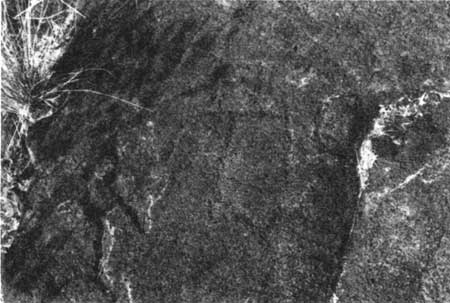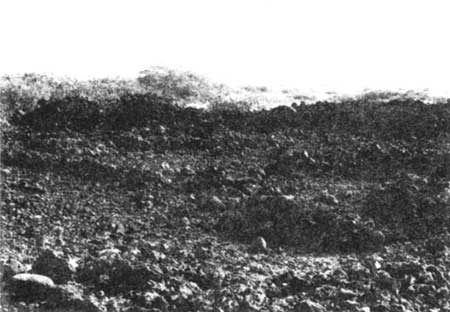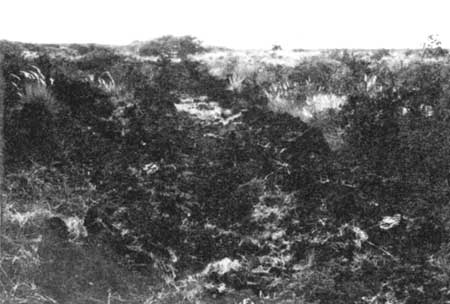PU'UHONUA O HONAUNAU NHP
A Cultural History of Three Traditional Hawaiian Sites
on the West Coast of Hawai'i Island

|
PU'UKOHOLA HEIAU NHS • KALOKO-HONOKOHAU NHP • PU'UHONUA O HONAUNAU NHP A Cultural History of Three Traditional Hawaiian Sites on the West Coast of Hawai'i Island |

|
|
Site Histories, Resource Descriptions, and Management Recommendations |
CHAPTER VIII:
KALOKO-HONOKOHAU NATIONAL HISTORICAL PARK (continued)
H. Significance of Resources and Establishment of a National Historical Park
In 1962 the Honokohau Settlement area, including Kaloko Fishpond, was designated a National Historic Landmark. [87] Kaloko-Honokohau National Historical Park was authorized on November 10, 1978, encompassing about the same area as the landmark. It was established to preserve important aspects of traditional native Hawaiian culture and land use patterns in a location that contained numerous significant prehistoric and historical sites illustrating those activities. The fact that the area was preserved as a complete entity denotes the value accorded the entire grouping of structures in illustrating early Hawaiian lifeways. The area possesses strong cultural and religious associations in connection with ancient Hawaiian burial rituals, particularly those for ali'i. One very personal aspect of this close association with the dead — a unique characteristic of Hawaiian culture — concerns this being the traditional burial place of Hawai'i's most famous ruler, King Kamehameha I. [88]
The hundreds of virtually intact archeological sites in the park and surrounding area include heiau, fishponds, ko'a (fishing shrines), individual house platforms as well as complexes of structures, a holua (toboggan slide), several papamu (konane game boards), burials, petroglyphs, stone cairns, animal enclosures, more than 100 stone enclosures serving as agricultural planters, several ahu (stone mounds serving either as altars, shrines, or security towers), lava tube shelters, canoe landings, salt pans, and a mauka-makai trail network. There are more significant sites within this area, both in terms of number and physical condition, than anywhere else along the Kona Coast from Kailua to Ke'ahole Point. [89] Because little use of the land here has been made since early times, it is possible to gain a fairly reliable impression of the pattern of early settlement.
The resources of Kaloko-Honokohau possess esthetic, cultural, historic, economic, scientific, and emotional values for the Hawaiian people. The discussions centering around establishment of this park emphasized that it was necessary to view and evaluate its fragile resources through a sensitive and sympathetic understanding of the culture that had shaped them. Although many details of the Hawaiian religion, language, crafts, and other cultural aspects were recorded upon the creation of a written language, there is much tradition that was not recordable, but that is intangible, a part of the personal and private Hawaiian cultural makeup that is transmitted best through expressions, action, and the spoken word. It is clear that the significance of the resources in this area must be judged not only in the context of their obvious importance to the study of early Hawaiian culture but also in relation to their emotional value, their relationship to prevailing cultural attitudes that have been shaped by the experiences of the past. [90]
The hundreds of archeological sites identified in the park to date indicate prehistoric and historic occupation of the area by a large population, both maka'ainana (commoners) and high ali'i (chiefs). A very active religious-political center, its economic life, based in large part on its fishponds, was geared toward supporting the social and political status of the Kona chiefs. The remains illustrate maritime aspects of early Hawaiian culture, encompassing subsistence activities, residential patterns, social interactions, and religious practices, in addition to artistic achievements and recreational pastimes. The concentration of resources in Kaloko-Honokohau provides direct evidence that a larger population existed here than elsewhere along the coast, probably because of the presence of the fishponds, which are the only resources of this type left between Kailua and Ke'ahole Point. [91] The park is valuable to archeologists for the study of the activities of pre and early-contact Hawaiians and changes occuring in subsistence patterns and land ownership over time. For native Hawaiians, this is a sacred place, a place where revered ancestors lived and died. [92]
Future plans are to create an environment in which to educate Hawaiians about their culture; to stabilize selected, significant historic remains; to preserve fishponds; and to manage and interpret these cultural resources in a meaningful and sensitive way to the public. The primary interpretive effort will address numerous aspects of the Hawaiian culture, including language, subsistence interactions with the land and sea, aquaculture, family systems, religious beliefs, and ancient dances, crafts, and other cultural activities. [93]
   |
| Illustrations 130-32. Significant cultural resources, Kaloko-Honokohau NHP. Top: petroglyphs. Middle: village site. Bottom: Mamalahoa Trail. NPS photo, 1989. |
| <<< Previous | <<< Contents >>> | Next >>> |